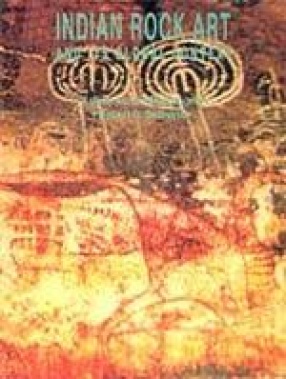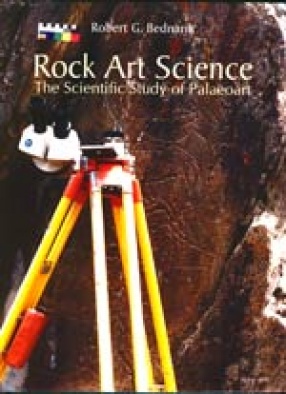Indian Rock Art and Its Global Context
Synopsis
This is a unique volume in the history of rock art studies, meant at once for the advanced scholar, serious student and the curious but conscientious layman, co-authored by K.K. Chakravarty and R.G. Bednarik, who co-chaired the rock art session of the World Archaeological Congress 3 at Delhi in 1994. It emerges from the exhibition on rock art in India and the world, organised by them together on this occasion in the National Museum, Delhi, on behalf of the International Federation of Rock Art Organisations, Melbourne, Australia, and the Rashtriya Manav Sangrahalaya (National Museum of Man), Bhopal, India. It is a synoptic but comprehensive survey, illustrated by 221 photographs and sketches, including 172 photographs in colour. The two scholars have not only described the latest state of research on rock art, but also transported rock art studies into the realm of interdisciplinary, inter-cultural analysis. Buttressed by an indicative map of the rock art regions, a list of major up to date direct dating results on rock art, a glossary of keywords related to spatial, temporal, technological, managerial categories, and an index, this volume blends precise, dispassionate descriptions with eloquent evocations. It blends conclusions distilled from rigorous, hard headed field research with penetrating criticism and assessment of the evidence. It combines a ruthless brevity and density with extraordinary felicity and clarity of language. Above all, it is an wonderful attempt at dealing with the problems of understanding, which dog human attempts to comprehend the meaning and shape of human creativity.
Read more
73.80
66.42
$
82.00 $
Free delivery Wolrdwidе in 10-18 days
Ships in 1-2 days from New Delhi
Membership for 1 Year $35.00
Get it now and save 10%
Get it now and save 10%
BECOME A MEMBER
Books by the same authors




Bibliographic information
Robert G. Bednarik